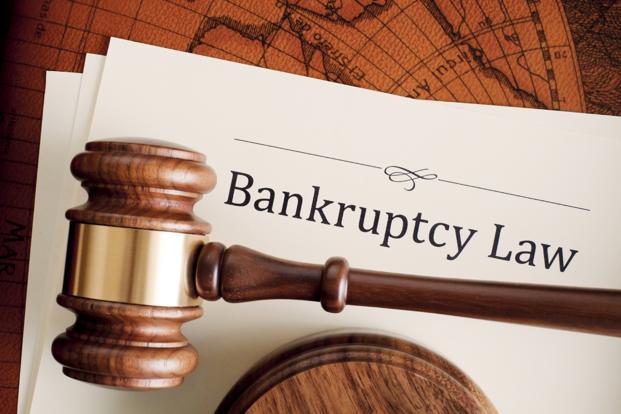
The Insolvency and Bankruptcy Board of India (IBBI) constituted an 11 member working group under former SEBI chairman U.K Sinha to provide a regulatory framework to facilitate the insolvency resolution of group companies.
We know that the Insolvency and Bankruptcy Code, 2016 had consolidated all the existing laws related to insolvency in India.
[Read: The ultimate guide to understanding the Insolvency and Bankruptcy Code, 2016 ]
But, the code deals with the insolvency of a single company only. It does not provide a framework for coordinating the insolvency resolution process of group companies and conglomerates.
The need for group insolvency arose due to high interconnectedness within companies that are part of the same group. And resolving the insolvency of several companies belonging to the same group separately may be time-consuming and expensive. It might also lead to creditors realising lesser value due to information asymmetry.
In the Indian context, several cases like Vodafone, Jaypee Infratech, etc have highlighted the need for a comprehensive framework for group insolvency.
In these cases, the Supreme Court and the NCLT had to use their power to address specific issues and initiate group insolvency proceedings. For instance- in Videocon, insolvency proceedings of 13 out of 15 group companies were consolidated due to interlinkages.
Against this backdrop, the working group was formed to recommend a suitable framework to standardise group insolvency proceedings in India.
The panel submitted the following recommendations on 23rd September 2019 after examining the best practices followed internationally:
- Definition of a group: A group may include holding, subsidiary, and associate companies. Further, it will also include companies which are not categorised as holding, subsidiary or associate but are intrinsically linked with other companies undergoing insolvency.
- Joint application for initiating insolvency proceedings against all defaulting group companies.
- Administering proceedings by the single adjudicating authority.
- Appointment of single insolvency professional.
- Creation of a group creditors’ committee to support the individual committee of creditors for each company.
- Appointment of a group coordinator by the group creditors’ committee to coordinate proceedings.
- Information sharing among insolvency professionals, creditors’ committee, and adjudicating authorities to reduce duplicating efforts.
- [Of the above, information sharing among various members must be mandatory. The remaining elements may be voluntary.]
- This framework may be introduced in a phased manner. In the first phase, only domestic group companies may be covered.
- Lastly, the existing timeframe of 180 days (extendable by 90 days) may not be sufficient for group insolvency proceedings due to various complexities involved. So, the timeframe may be extended by an additional 90 days.
The panel has made sound recommendations to address issues related to group insolvency, but the Insolvency and Bankruptcy Board of India (IBBI) has failed to implement it as of date.
References: